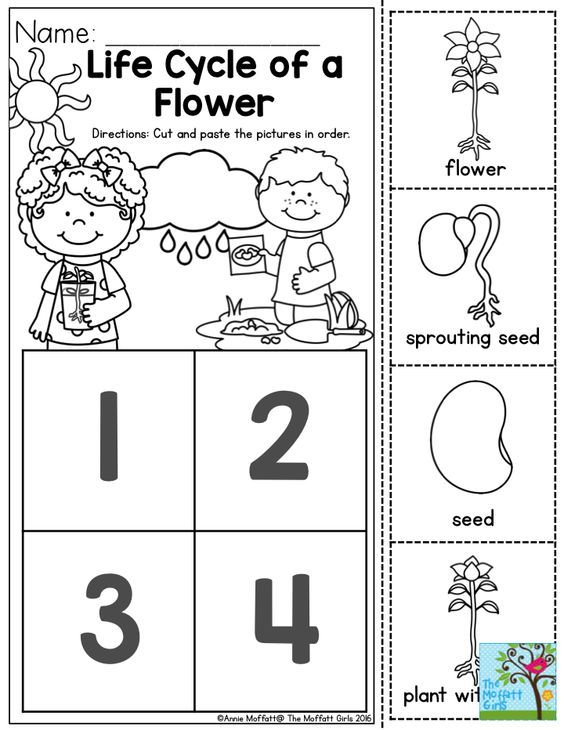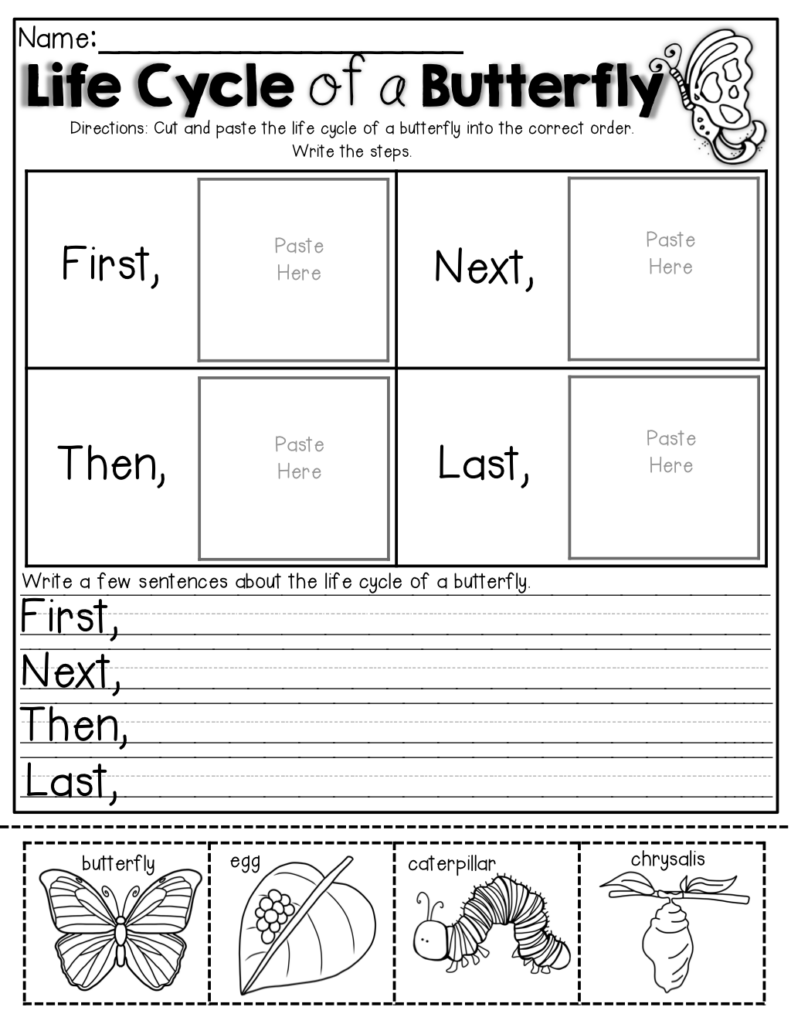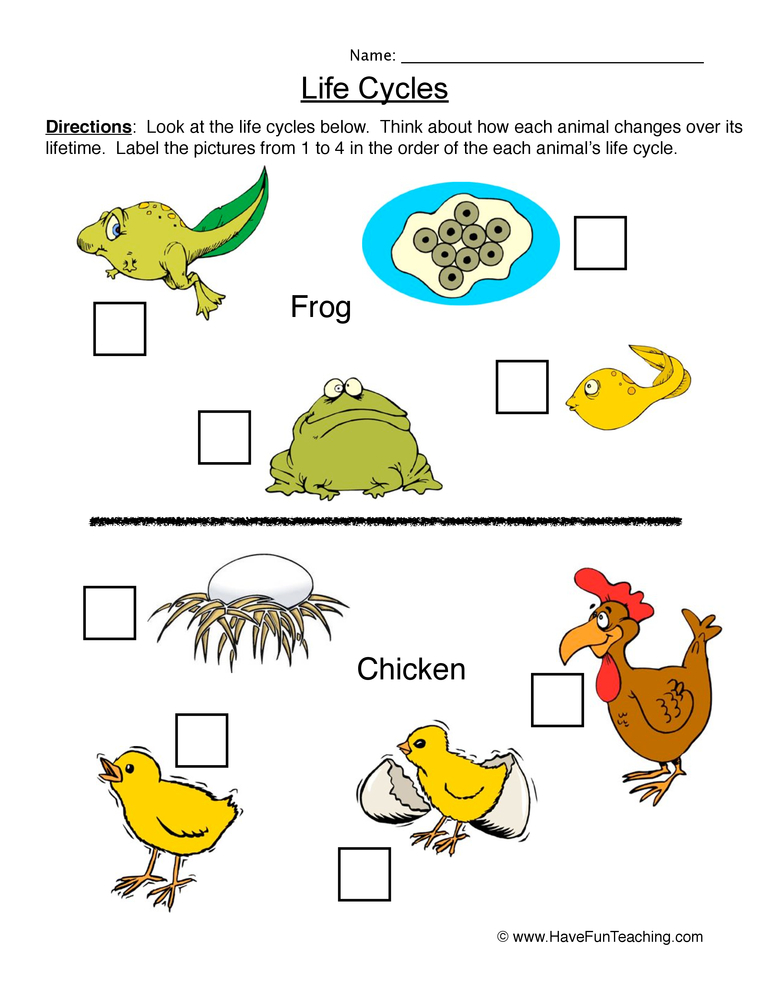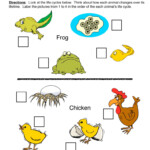Printable Life Cycle Worksheet – Students learn about the different life cycles of various creatures. A butterfly’s lifecycle can be compared with that of a shark. They can also learn about the life cycle of an amphibian. This worksheet will help students understand how animals live. Students can complete the worksheet independently and as a class.
Life cycle of a human
Fertilization is the moment when an egg cell from a woman merges with a male sperm cell. This begins the human life cycle. The sixth day is when the single cell splits into several smaller cells that burrow into the mother’s womb. These cells form three layers and begin to bend into a complex shape called an embryo. They also start to differentiate and create the fetal nervous and circulatory systems.
During this period, the human brain and body undergo many changes. Although some differences exist between humans and apes, the basic life cycle of both is the same. For example, humans develop an erect body and show off their movable hands, whereas apes develop great cognitive talents. The food we eat supports a host of changes in the human body and brain after conception.
The human life cycle is organized around a series developmental stages and age groups. It also includes an infant phase. A human’s average life expectancy is approximately seventy-eighty years. However, this can vary depending on their health.
Life cycle of a butterfly
The Life cycle of a butterfly begins with the butterfly’s egg. This egg contains the nutrients the caterpillar needs to survive. Most butterflies lay their eggs on leaves. The eggs can be small, round, oval or cylindrical. Monarch butterflies lay eggs on the undersides of plant leaves. They can be either smooth or wrinkled. The eggs hatch within a few weeks.
Once the butterfly has emerged from the pupa, it pumps its blood into its wings. After a few hours, the wings will fully develop and the butterfly will begin to fly. Once the wings have grown, the butterfly will search for food and a mate. Once it has found a mate, it will lay eggs on a leaf.
The next stage is the adult stage. The butterfly lays eggs every year in spring, summer and fall. The female butterfly lays a large number of eggs at one time. Although the eggs are small, they can be very large. The caterpillar, also known as the larva, develops from the egg. It eats continuously during this period and sheds its skin up to five times. It stores food for the adult butterflies.
Sharks live a long life
Sharks have an extremely long life cycle. They can live for up to fifteen years. Sharks are most commonly born near the coast and stay close to their birthplace until they reach adulthood. Sharks mature, reproduce, and grow during this period. Sharks have two claspers, which allow them to grab onto a female and insert sperm.
Female sharks incubate the eggs and sperm for a period of several months until they reach full term. The mother keeps the young sharks inside for about a year before they are born. Cannibalism is a behavior in which a shark’s first pup is alive and eats other pups or eggs. The gestation period of these ovoviviparous species varies, but it is often several months to two years. Asexual reproduction is also possible in some species.
Sharks are extremely sensitive to sound waves and have exceptional hearing. Their two sets of dorsal fins are located on either side of their heads. The lateral line system is made up of narrow canals filled with water that are attached to nerves that transmit signals to the brain.
Amphibian life cycle
Most amphibians have a complex life cycle, starting as a larva and ending as an adult. These life cycles are governed by hormones and the environment. Thyroid hormones and corticosteroids produced by interrenal glands are the primary morphogens in amphibians and are dependent on input from the hypothalamus and pituitary glands. The hypothalamus controls the activity of the thyroid and pituitary glands.
Amphibians have unique life cycles and a unique ability to reproduce in two environments – on land and in water. The life cycle of a frog begins with sexual reproduction, in which the male entices the egg-carrying females to mate. The females then release their eggs into the water where the males fertilize them with sperm. External fertilization is the most common method of reproduction for amphibians.
Many species of frogs lay eggs in calm water which protects them against predators. However, some species stay with the eggs to care for them. Once fertilized, the eggs begin to split into more cells, taking on the form of a tadpole. The tadpoles hatch within one to three weeks.





